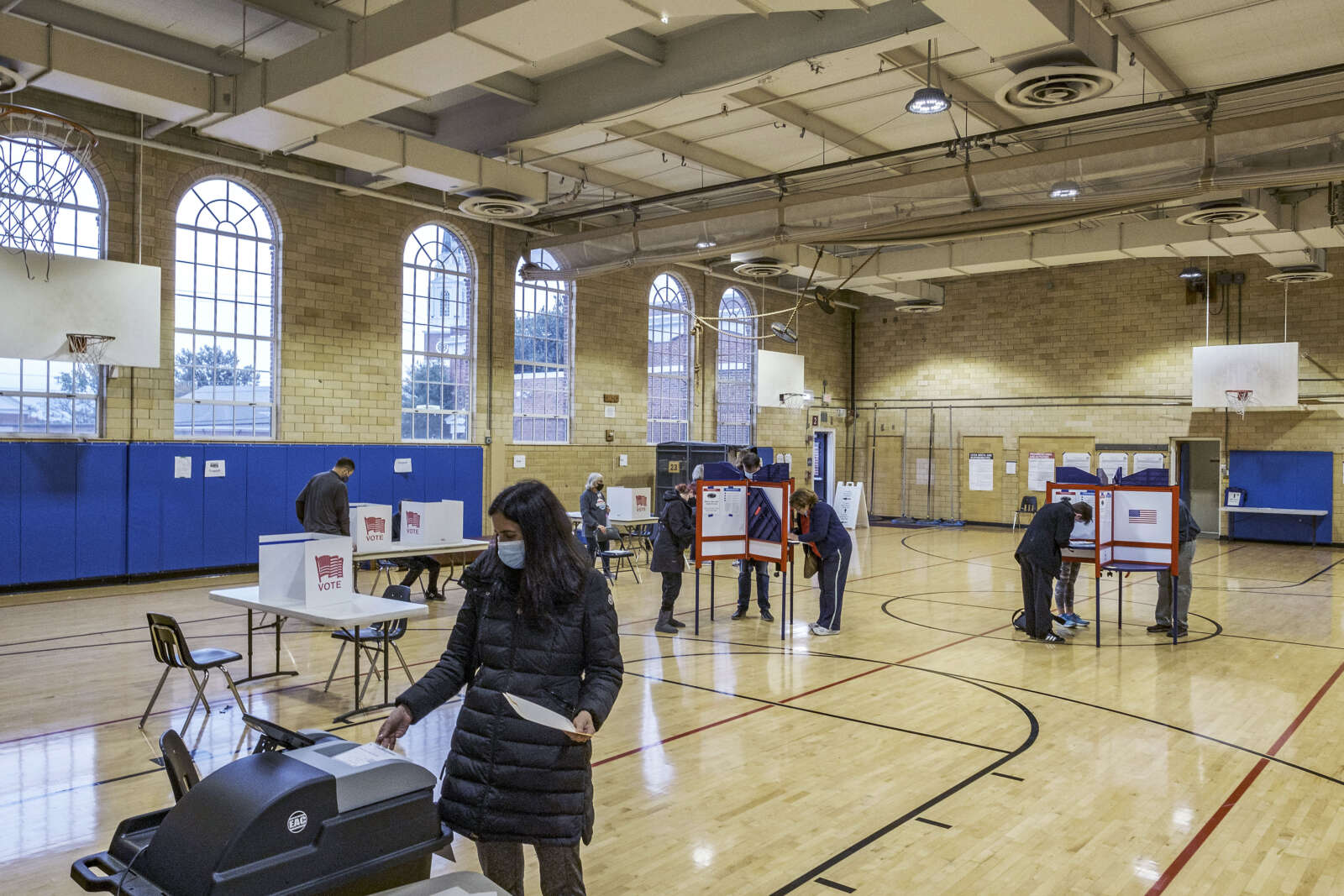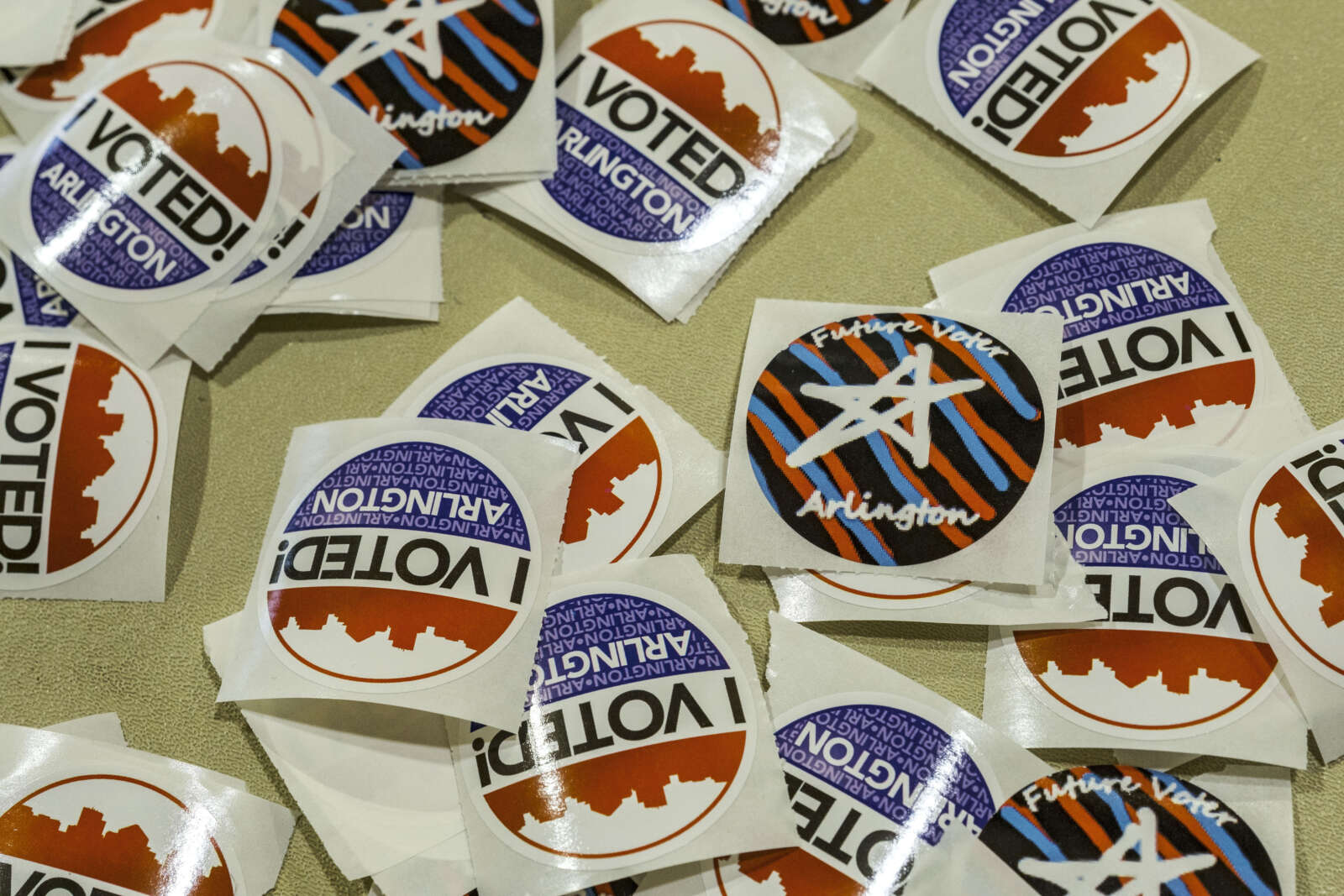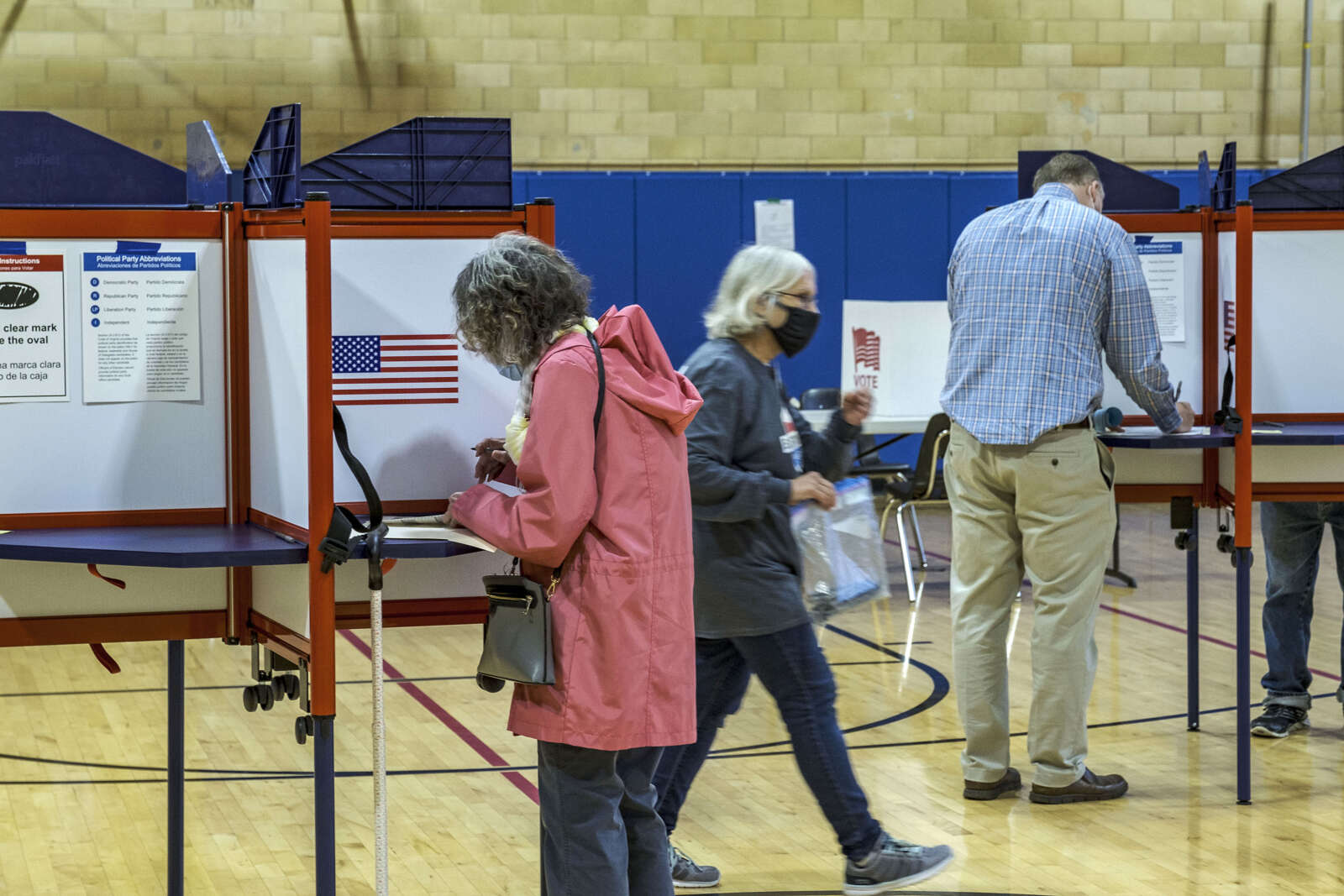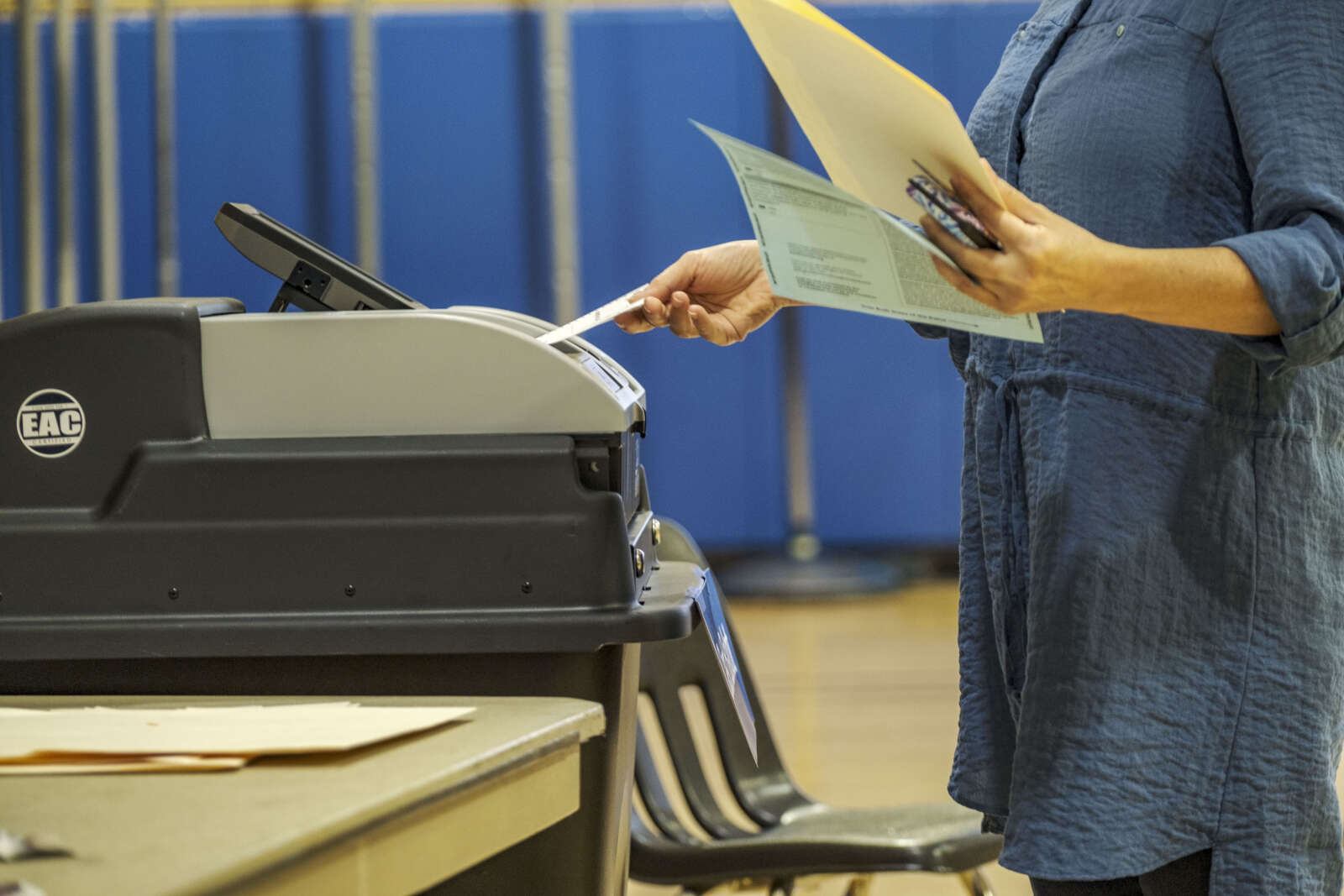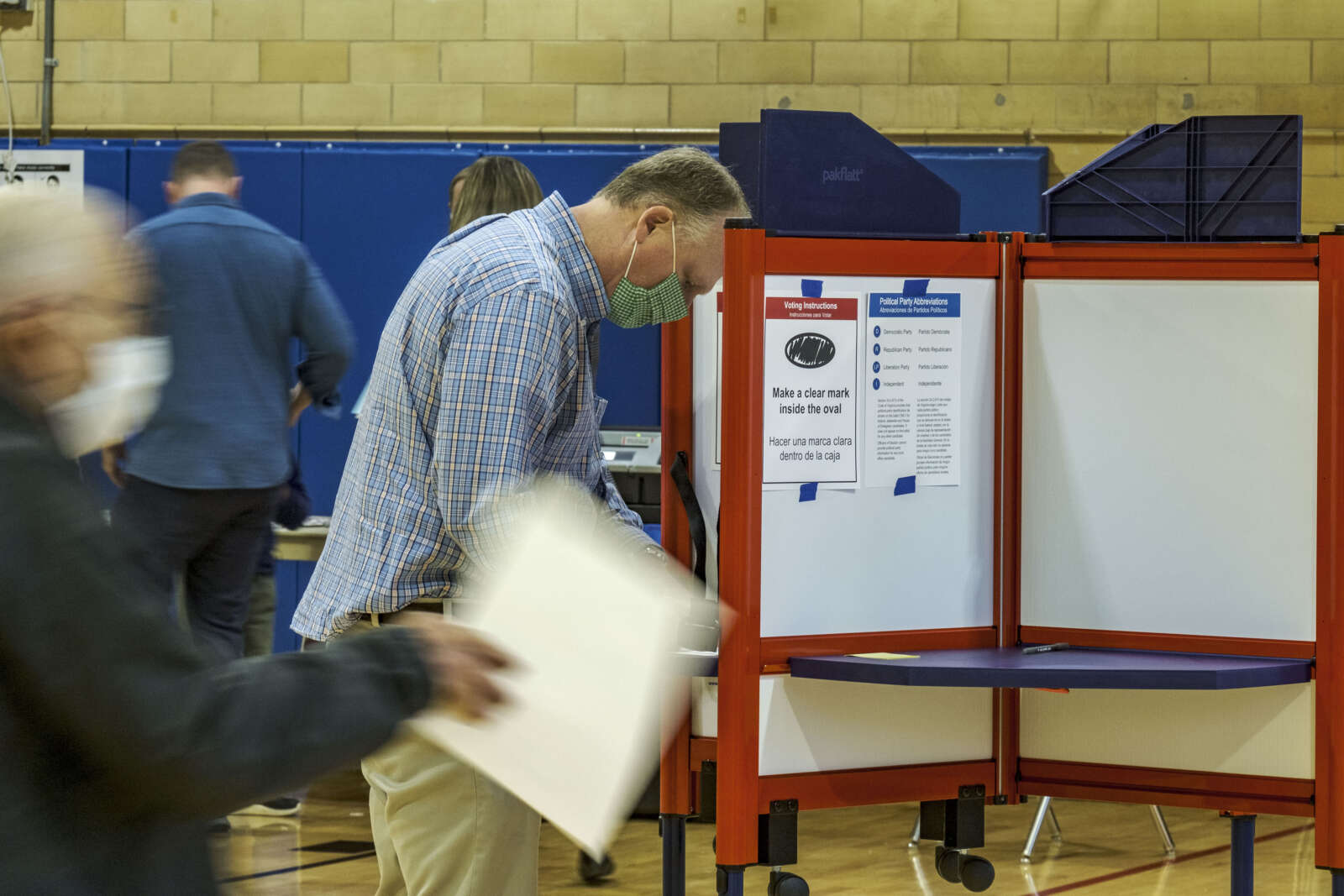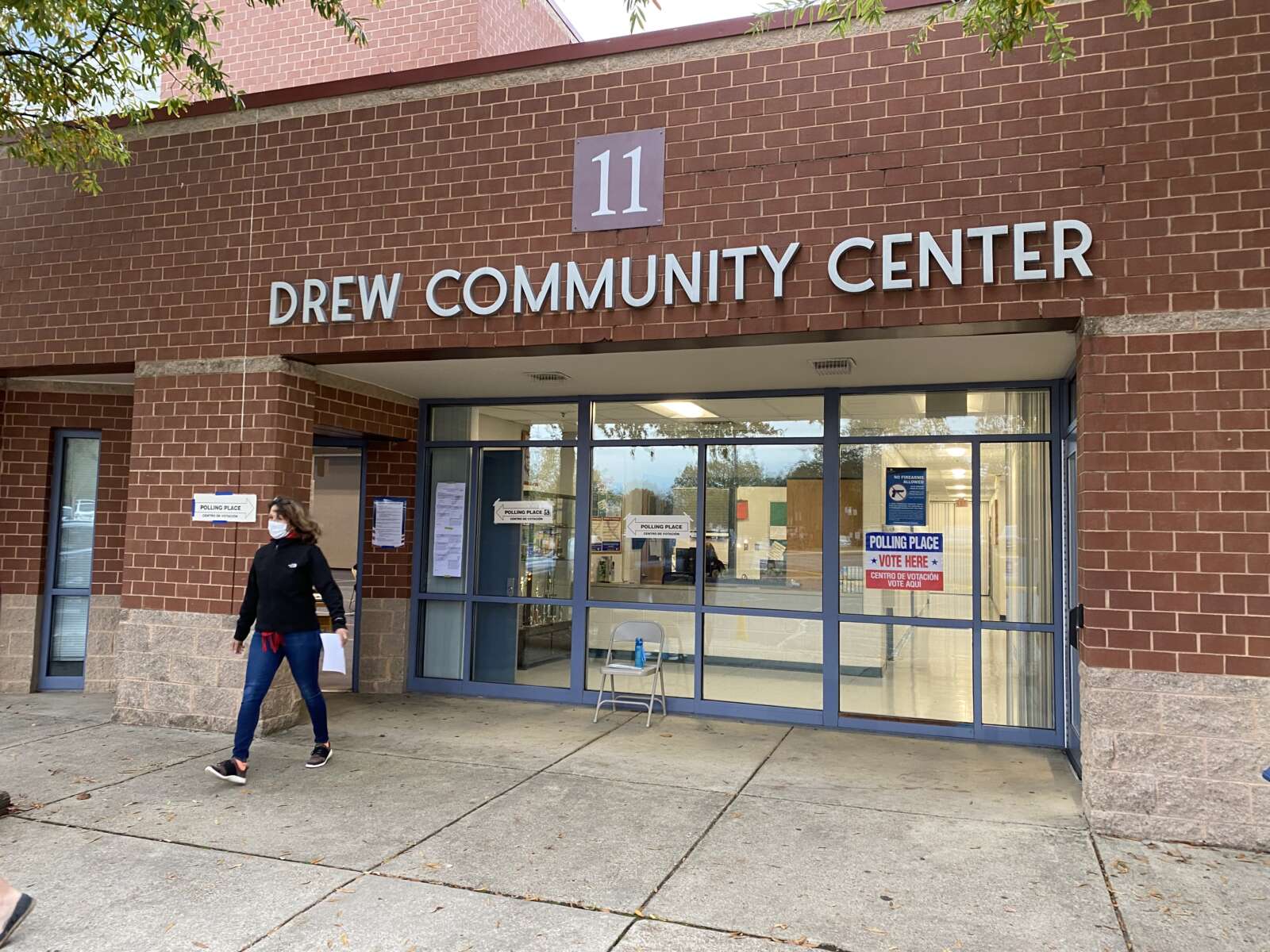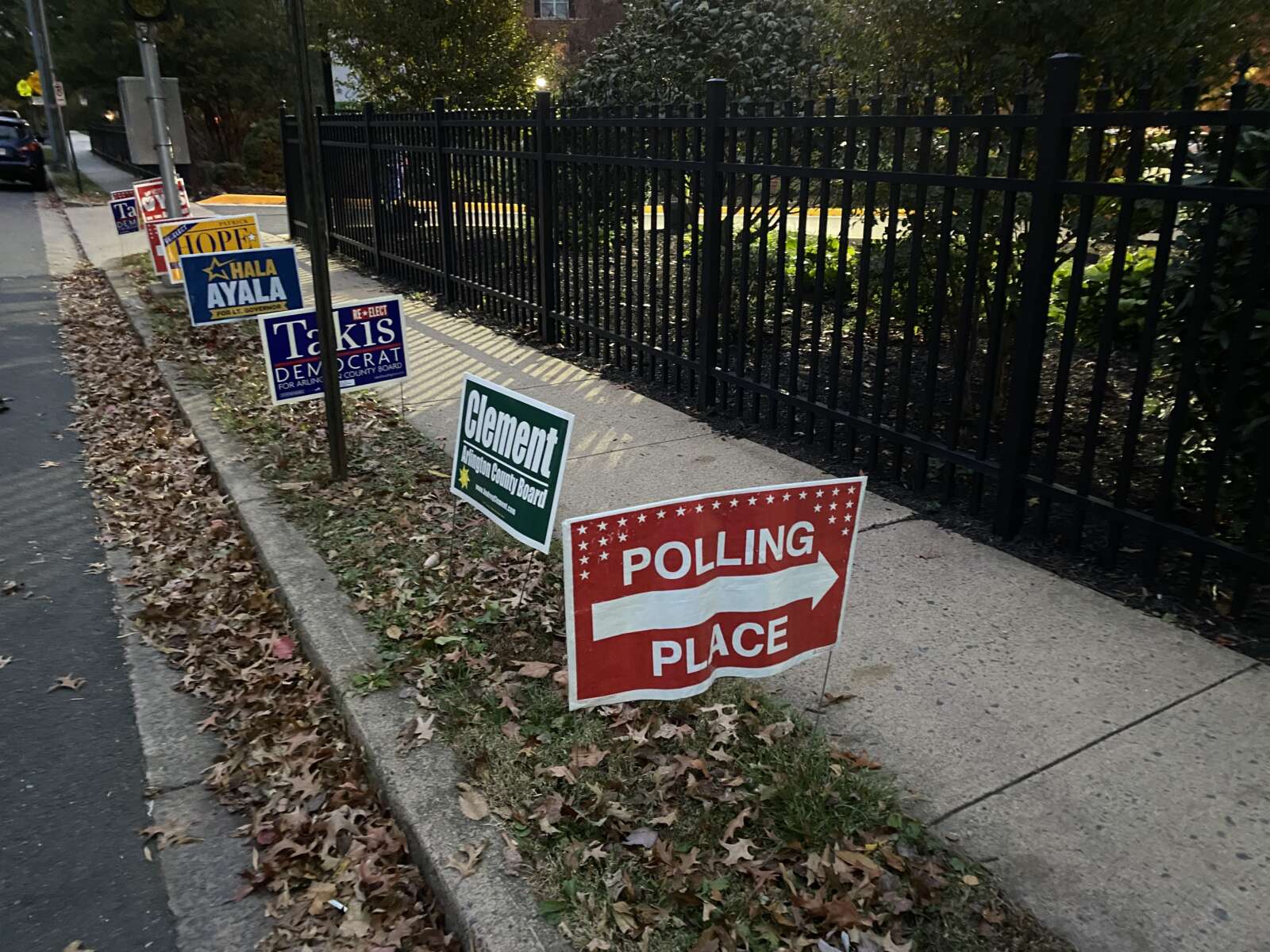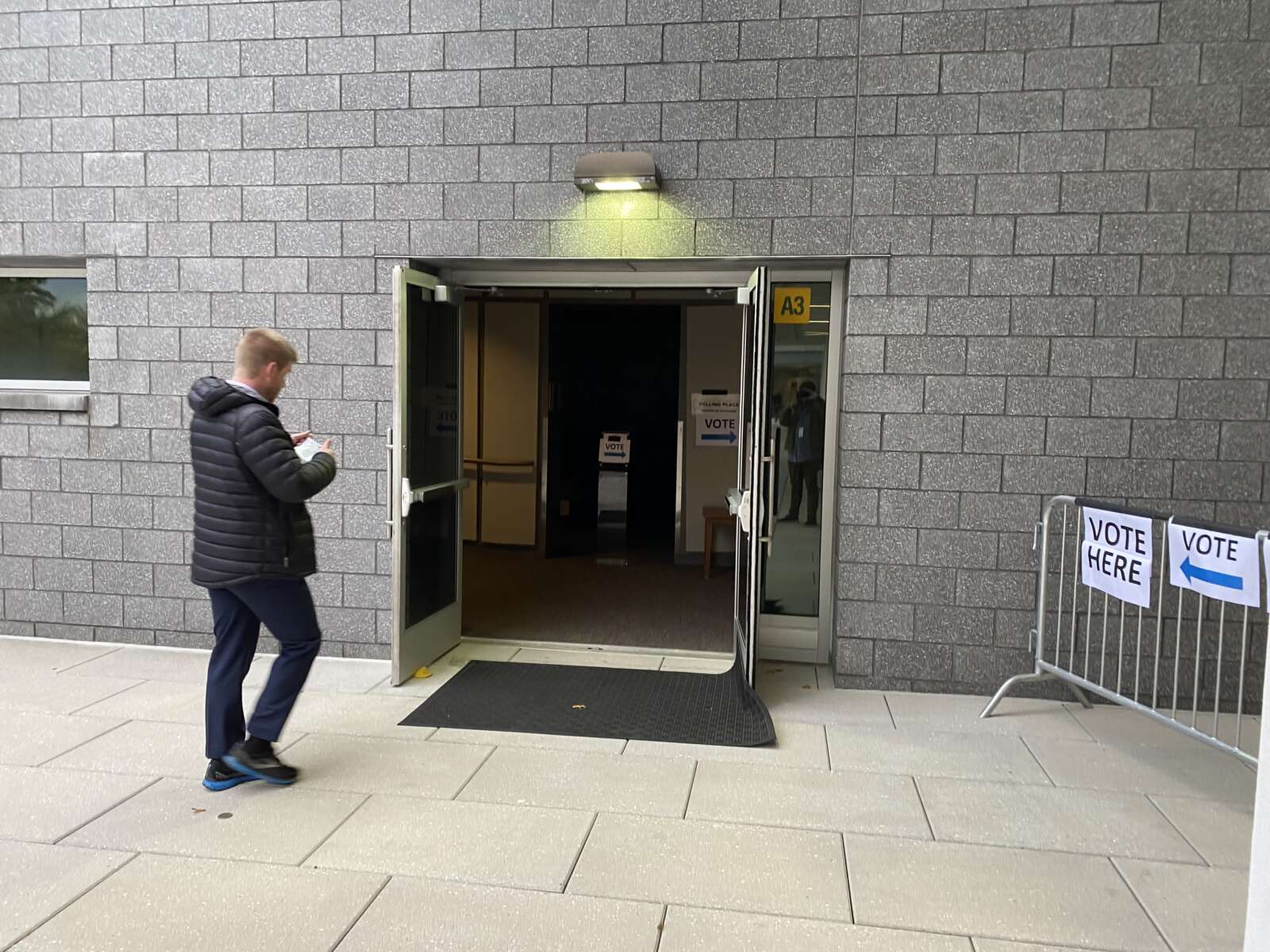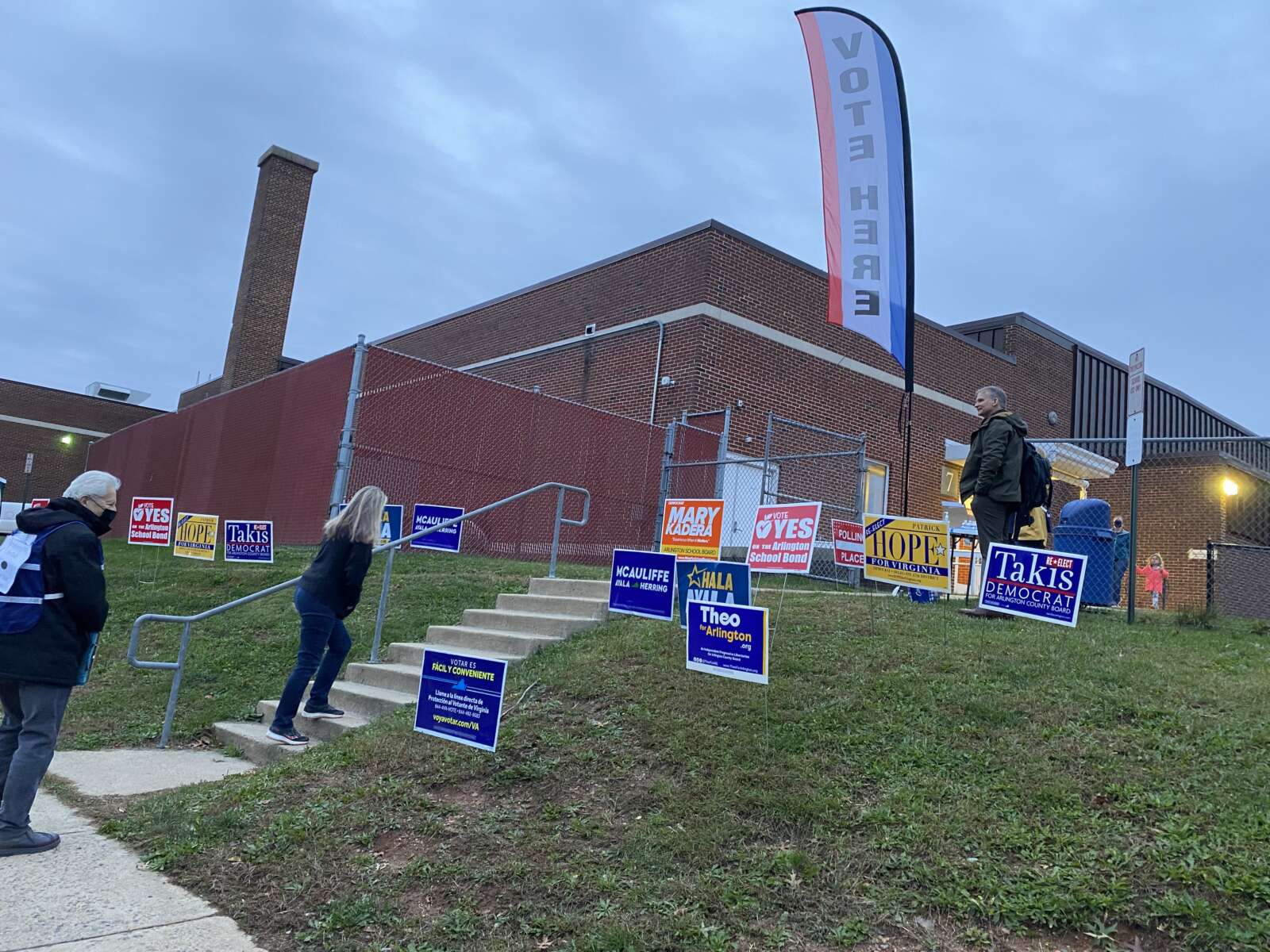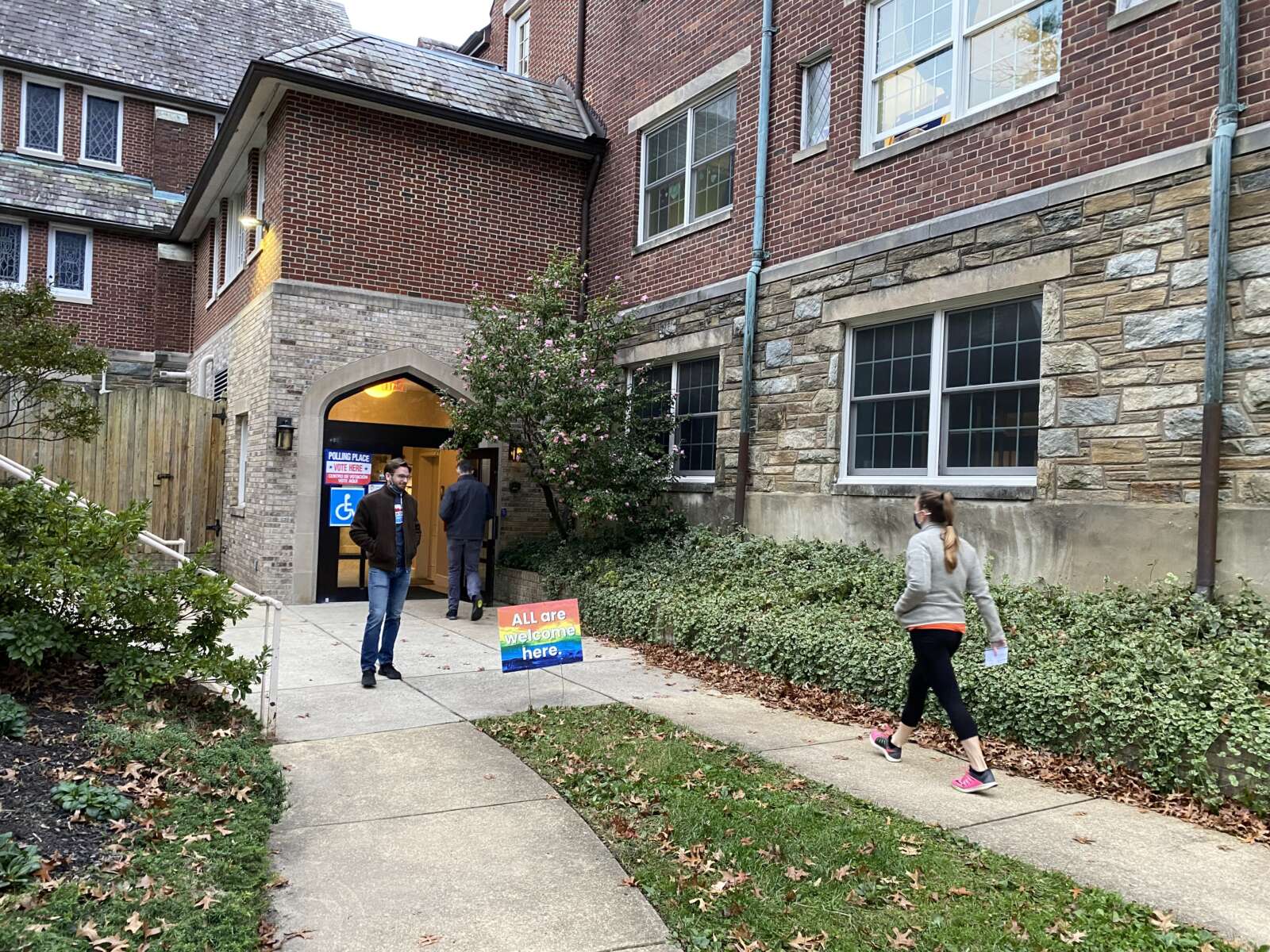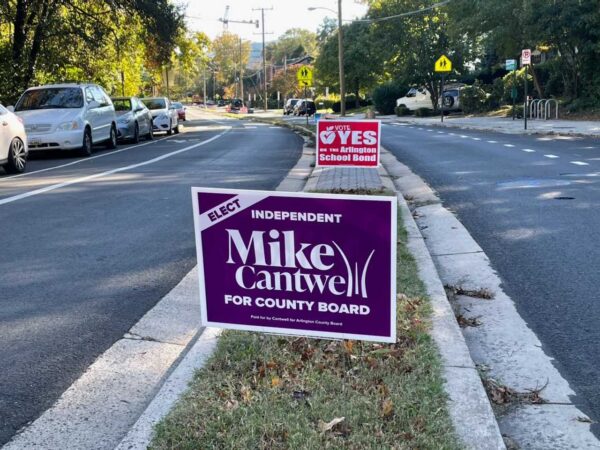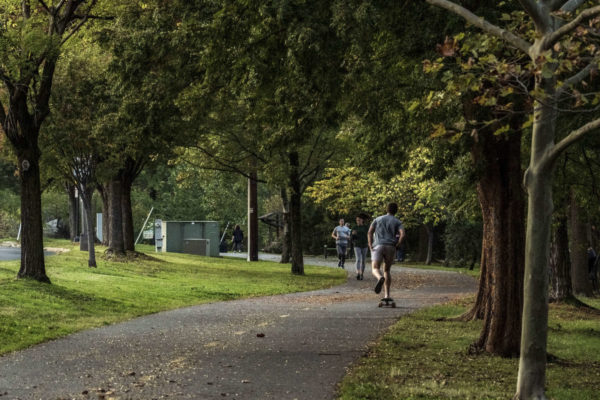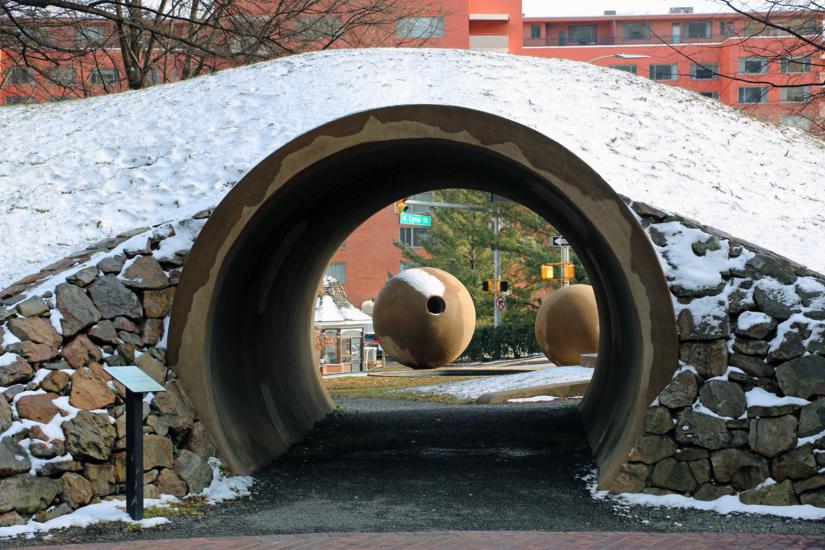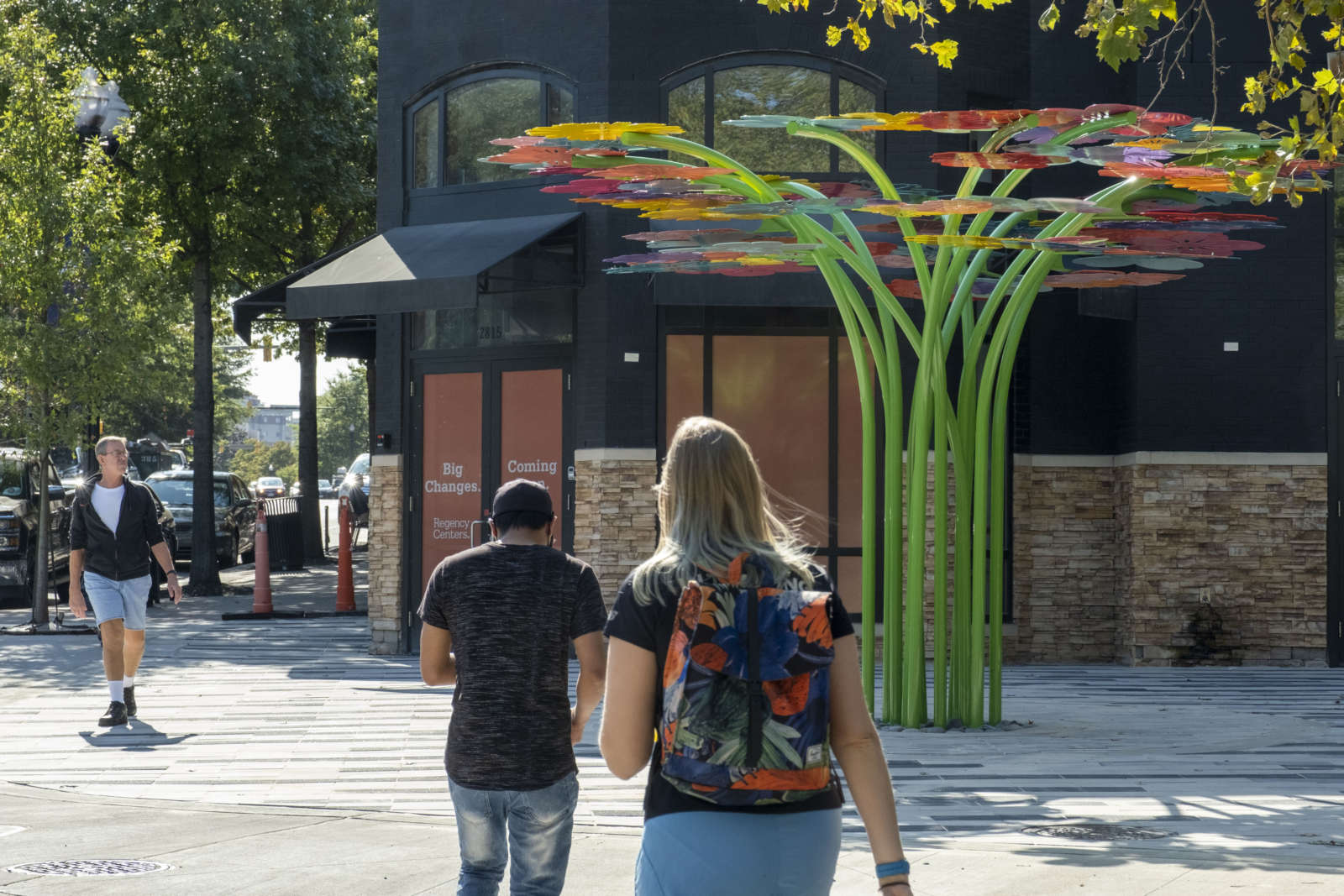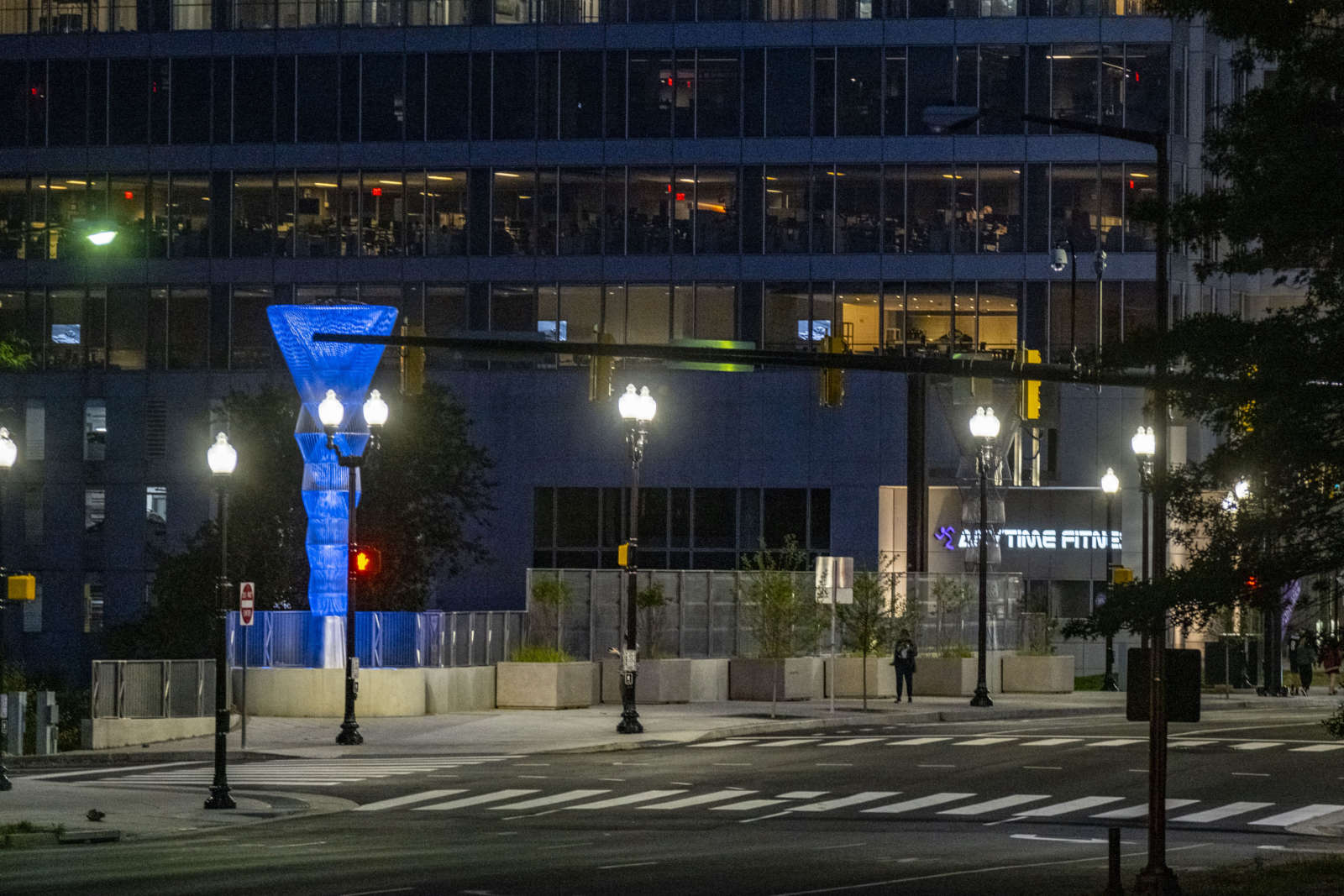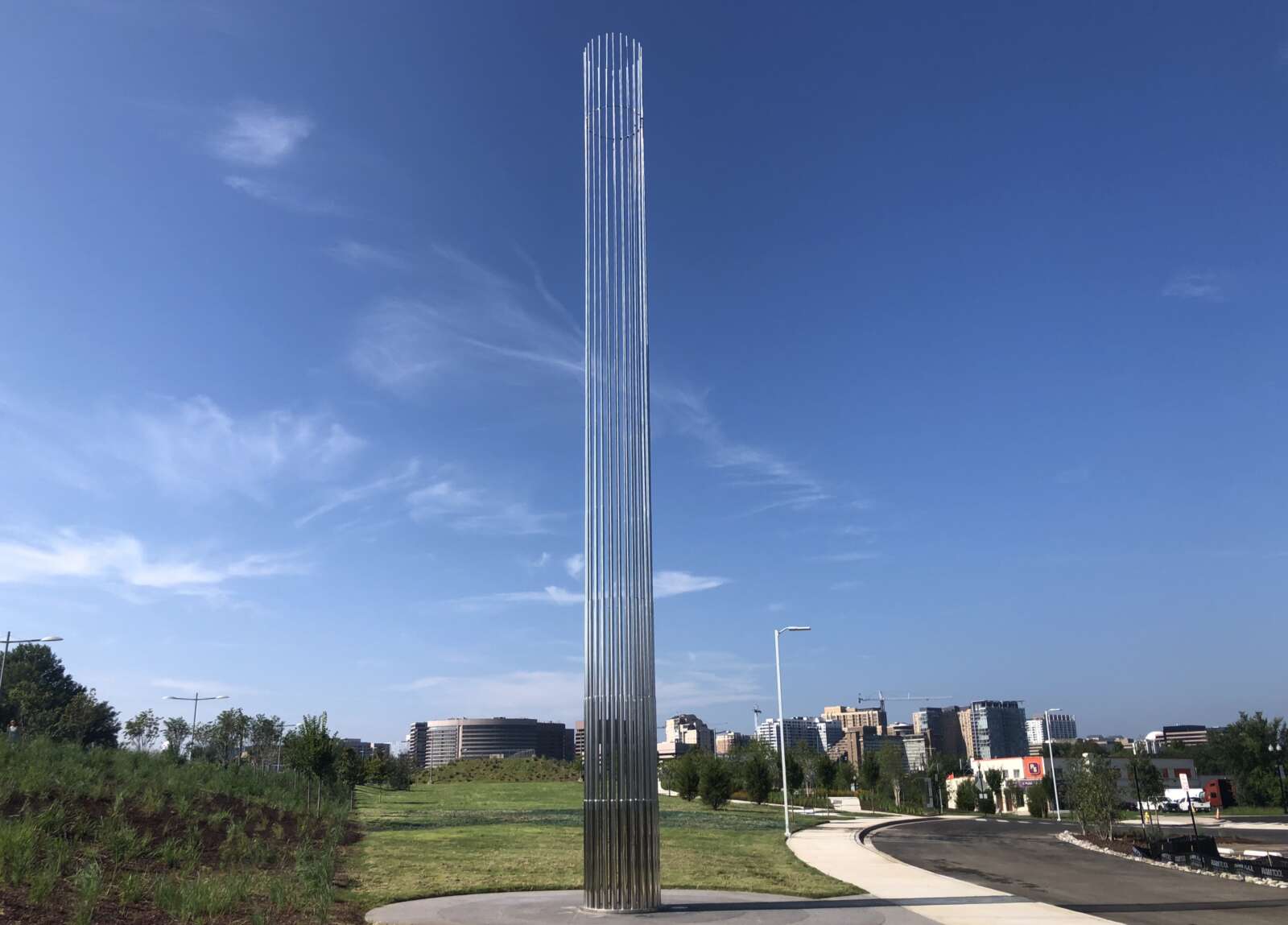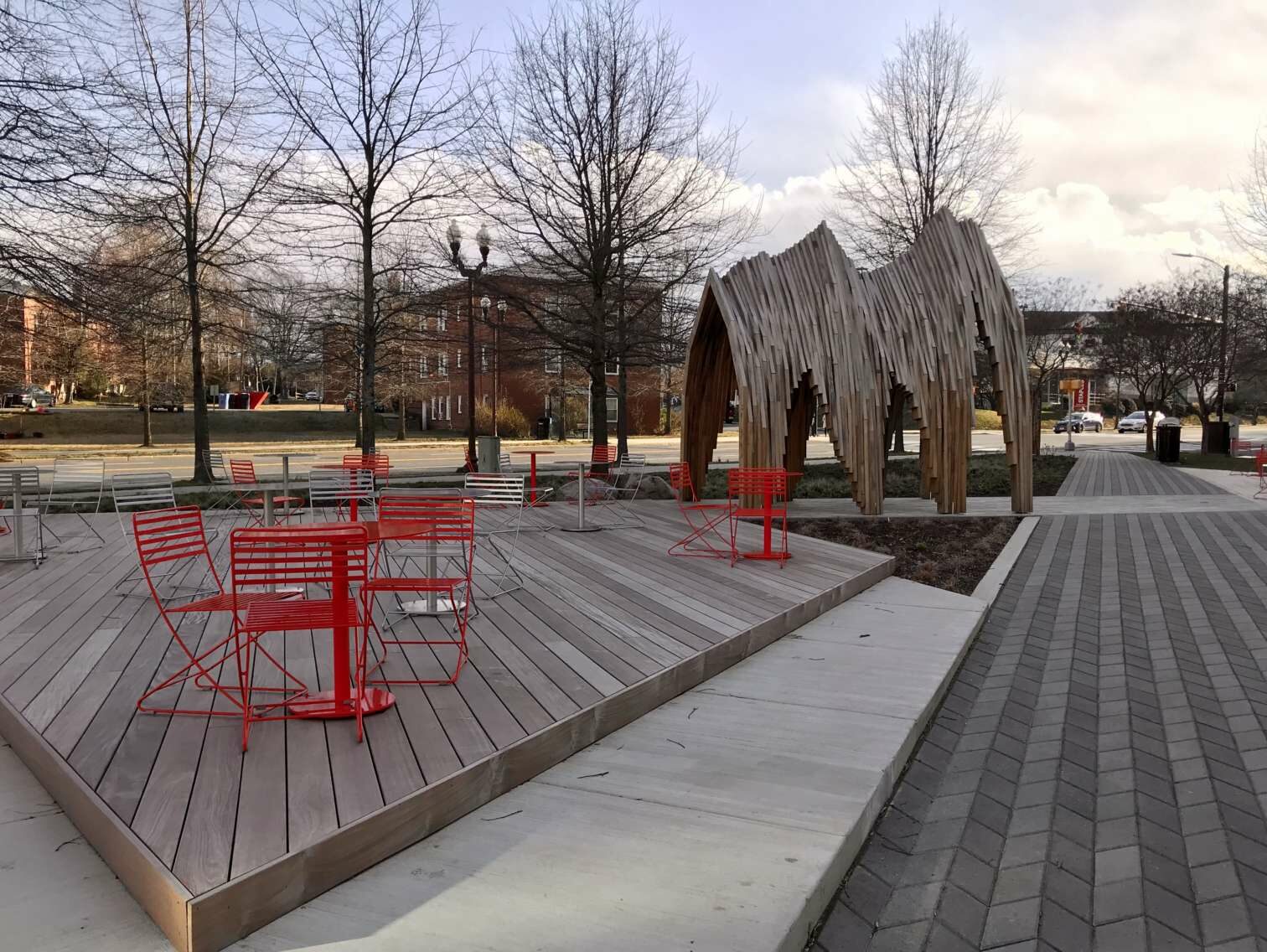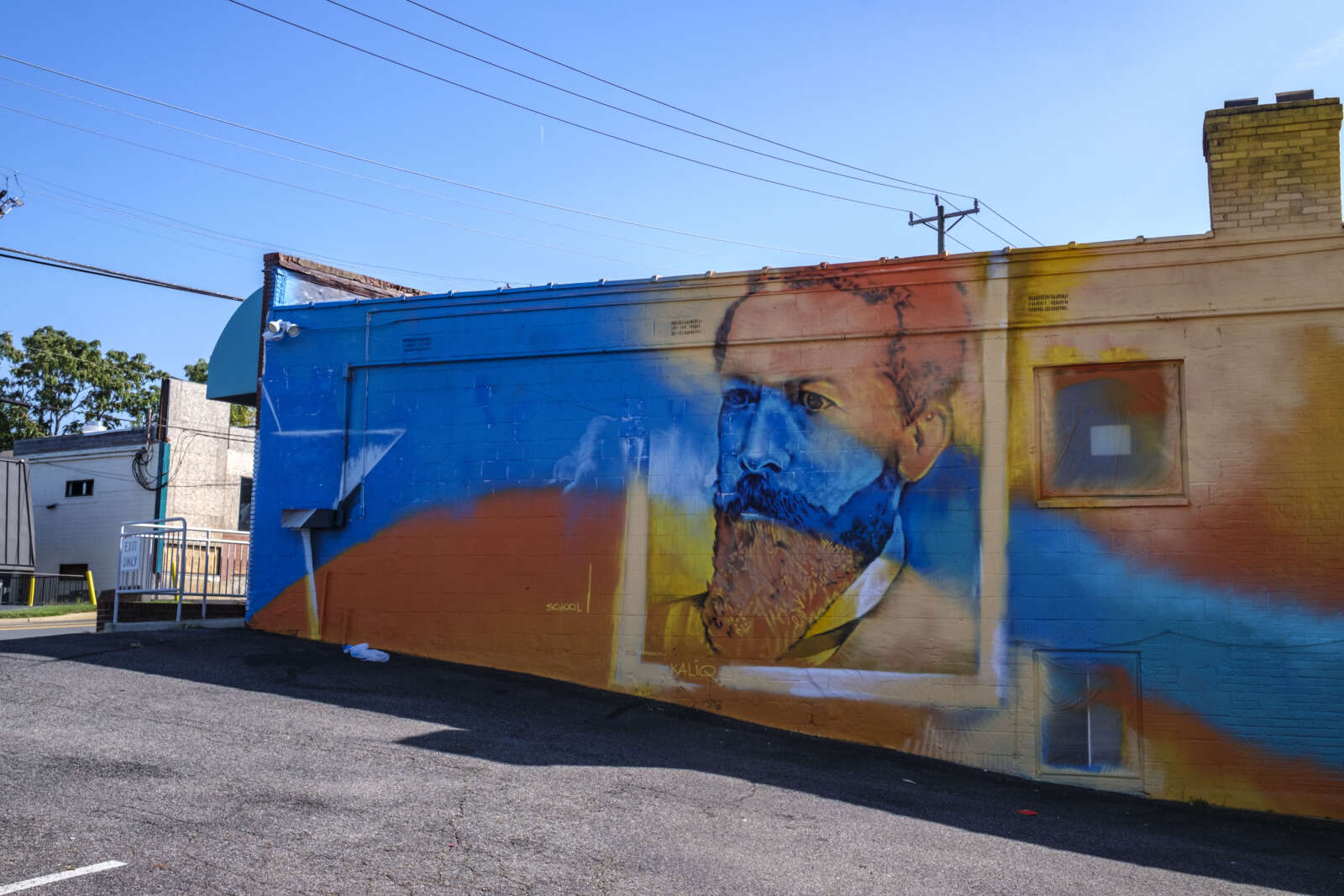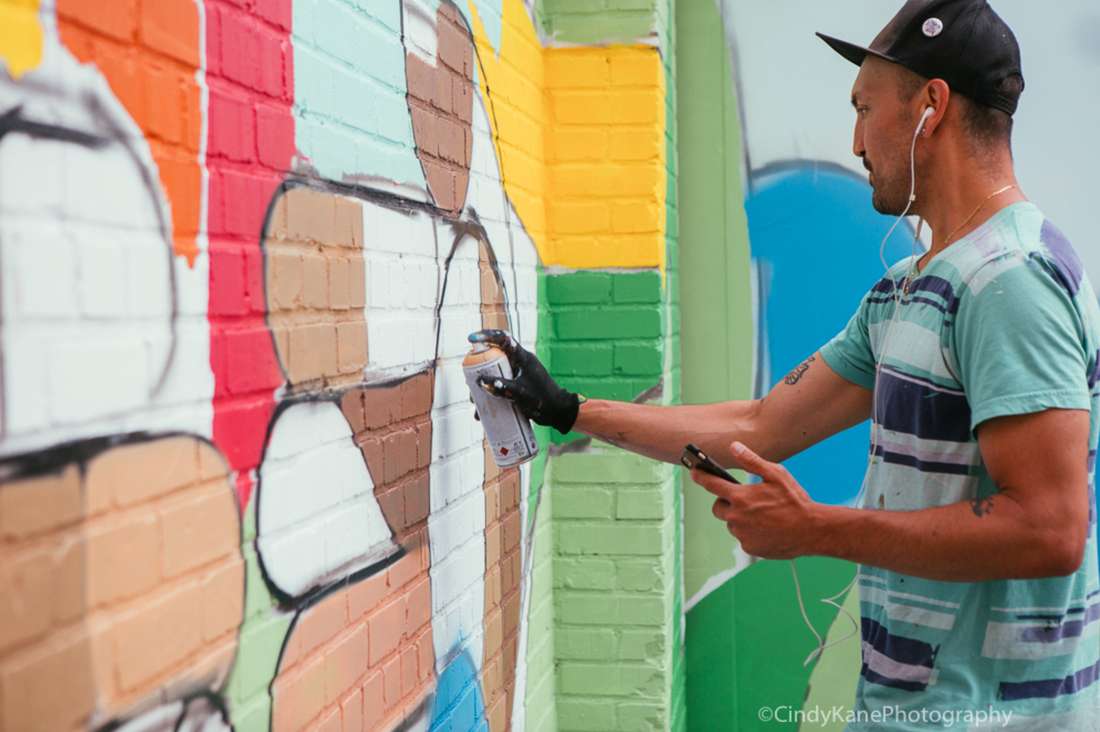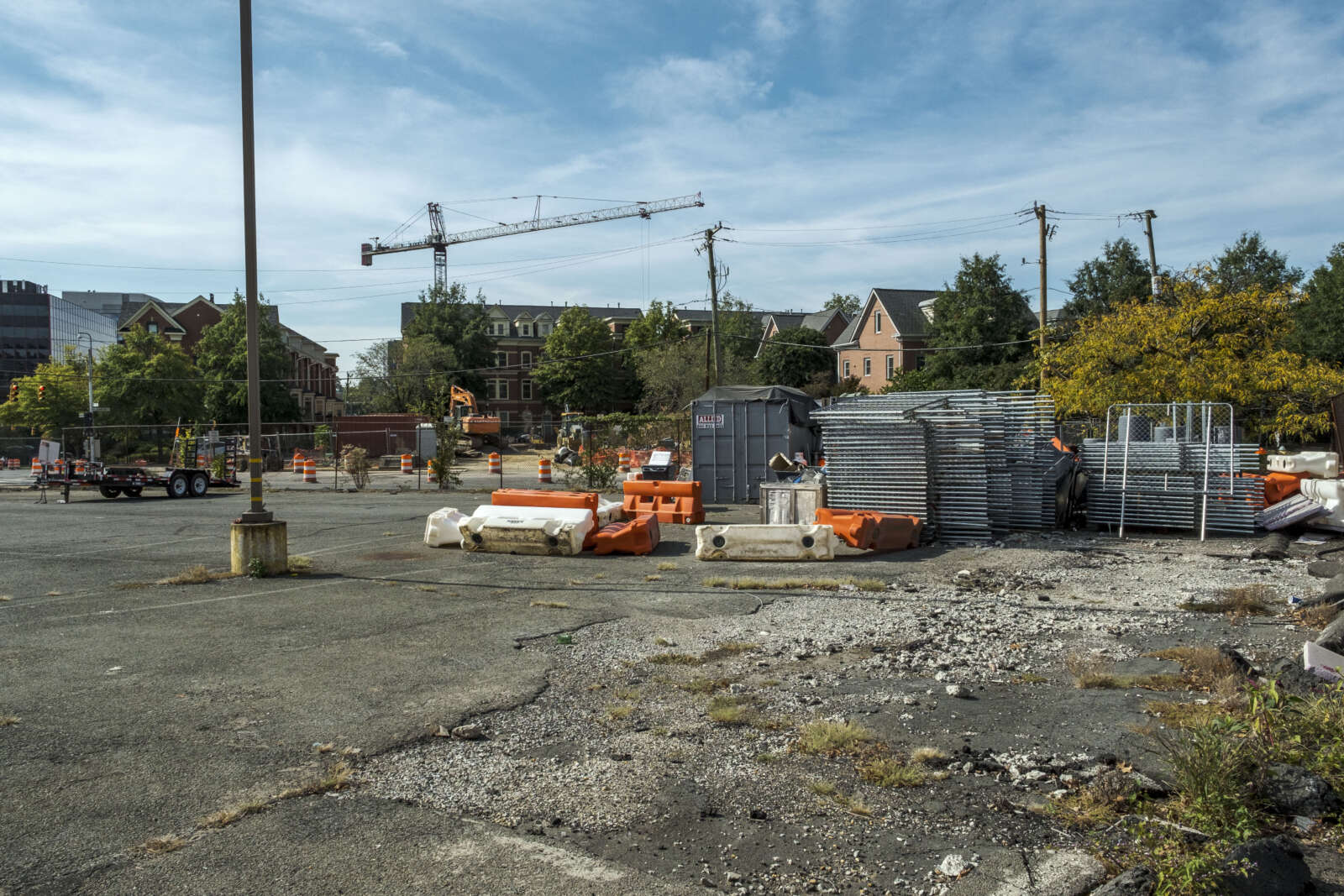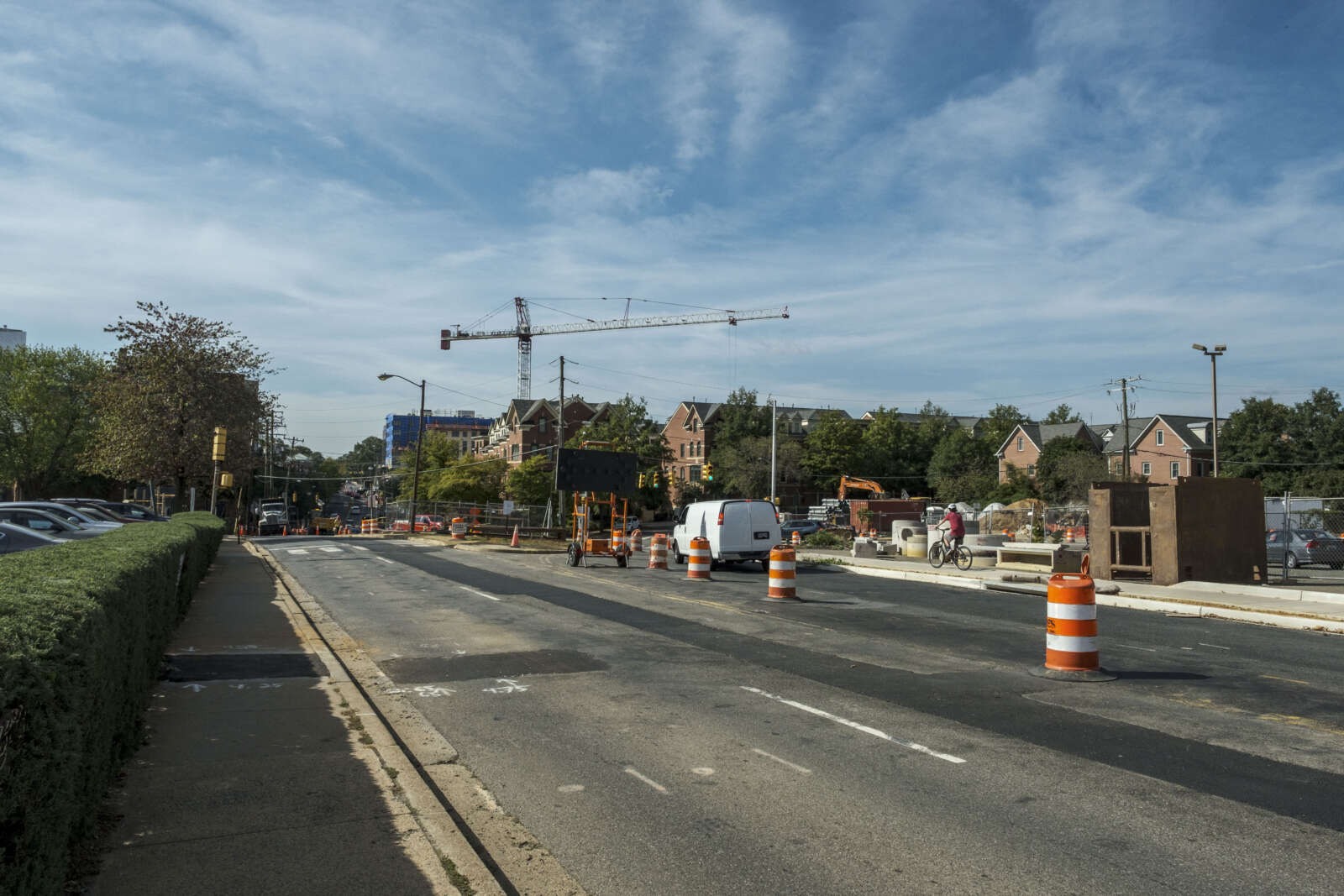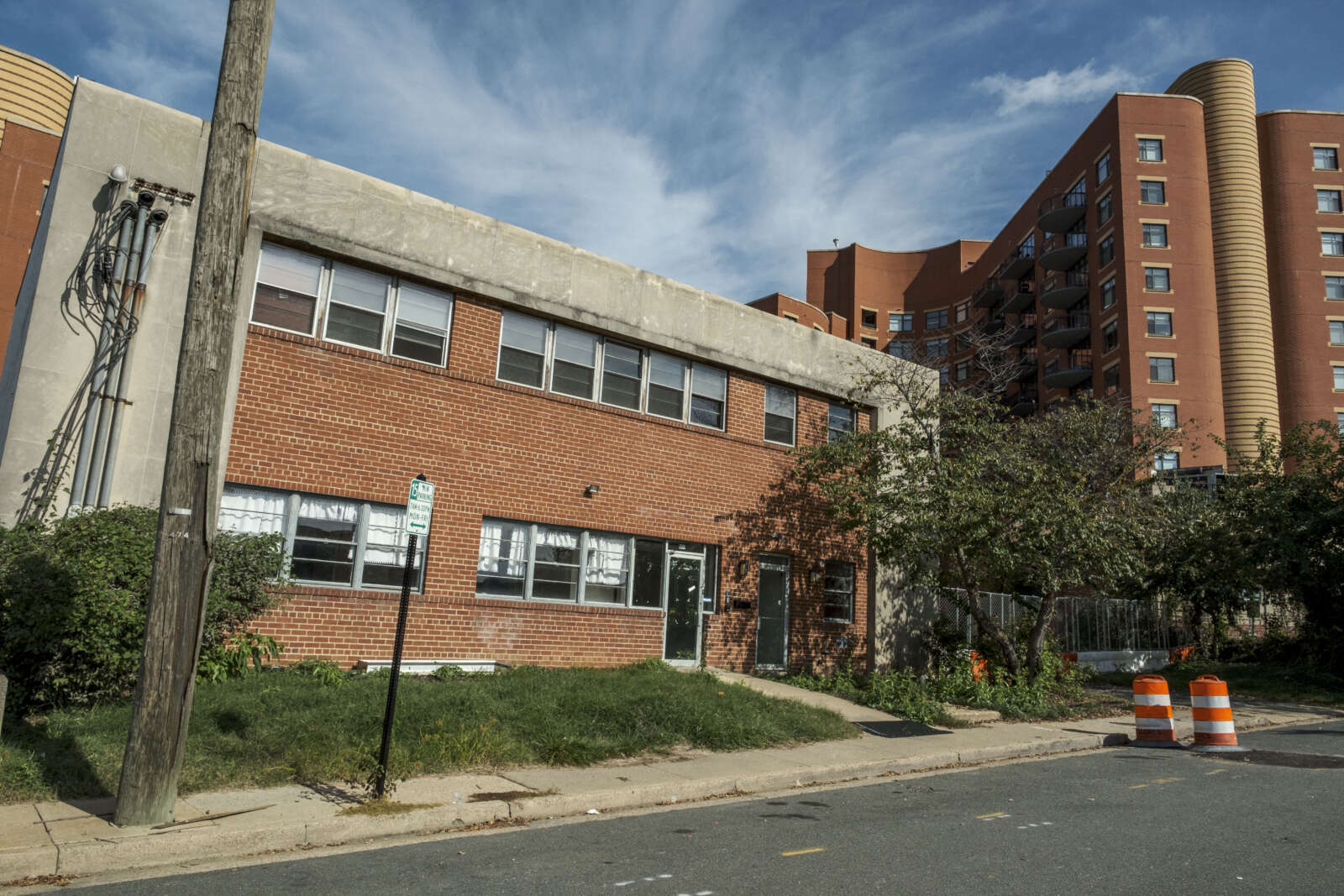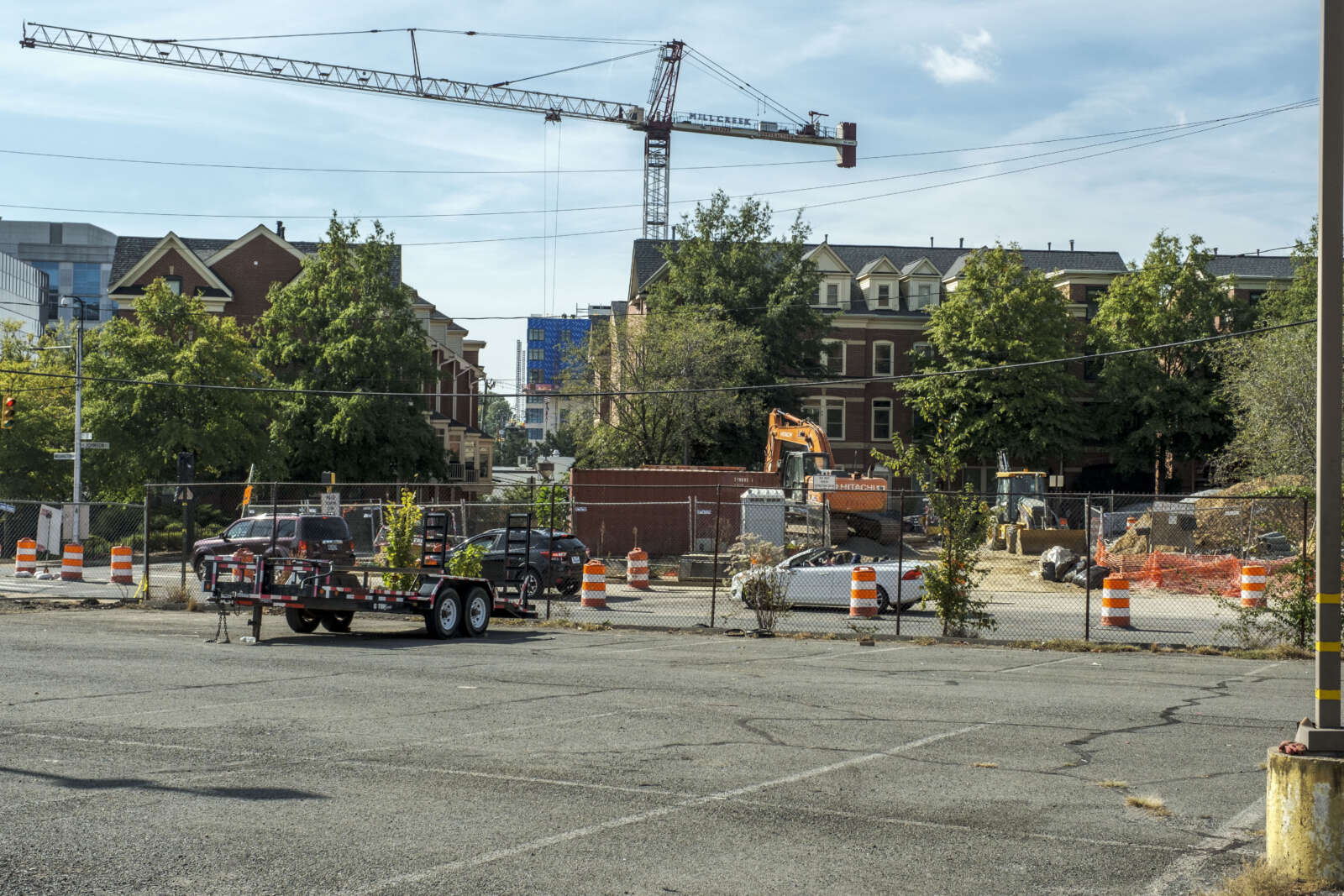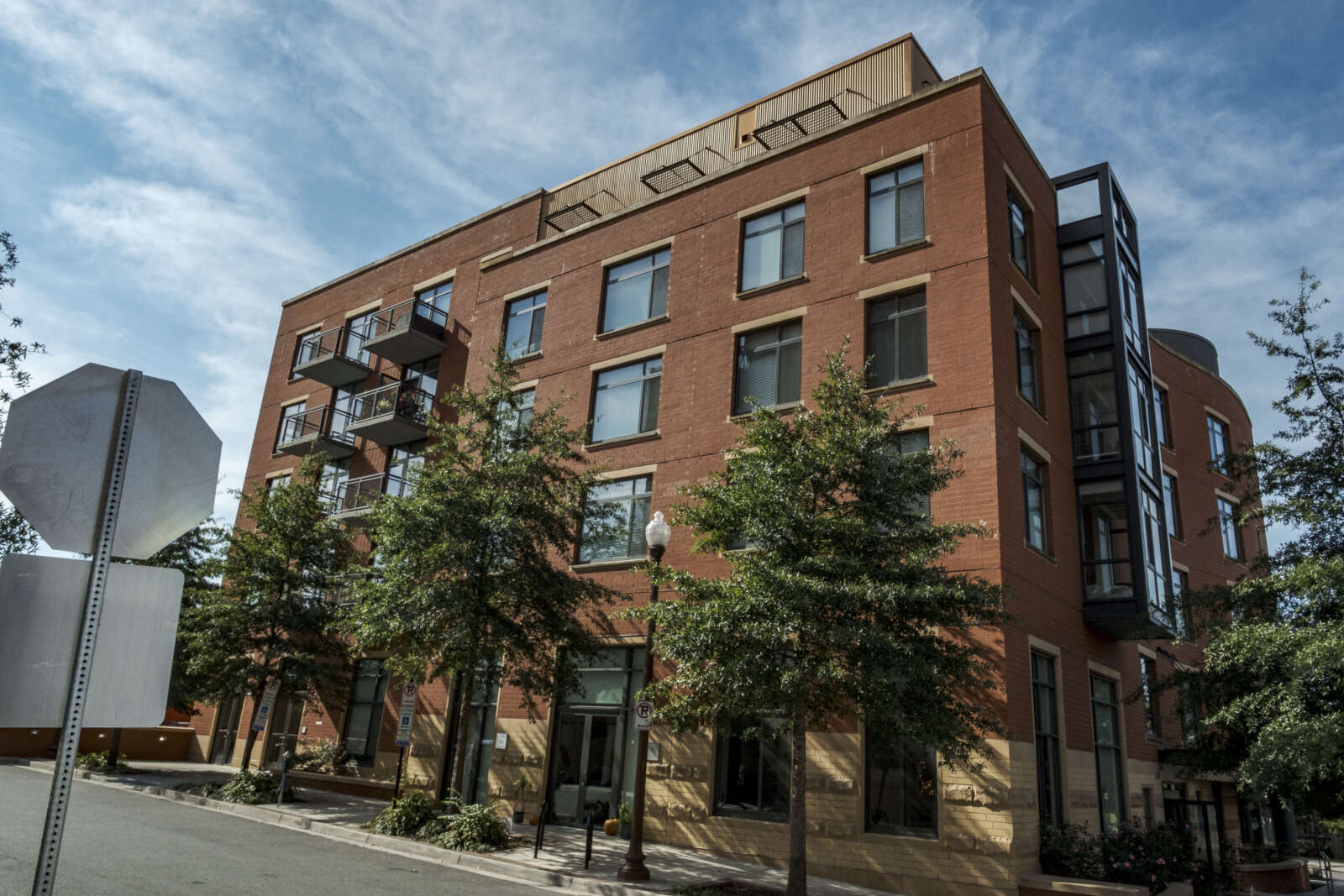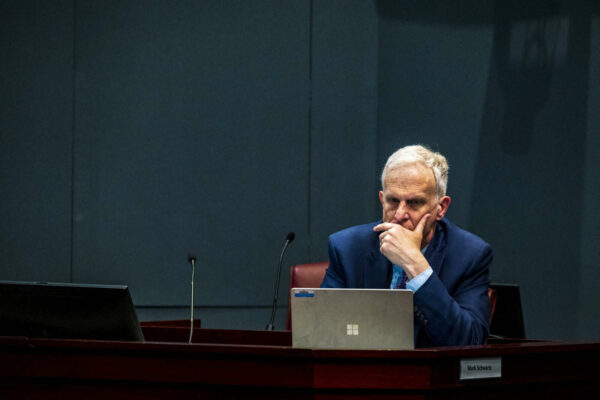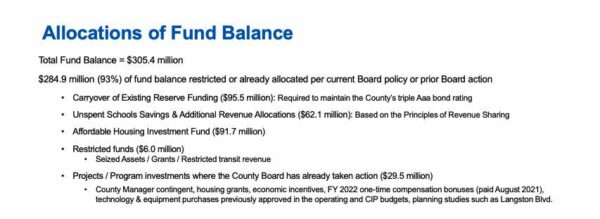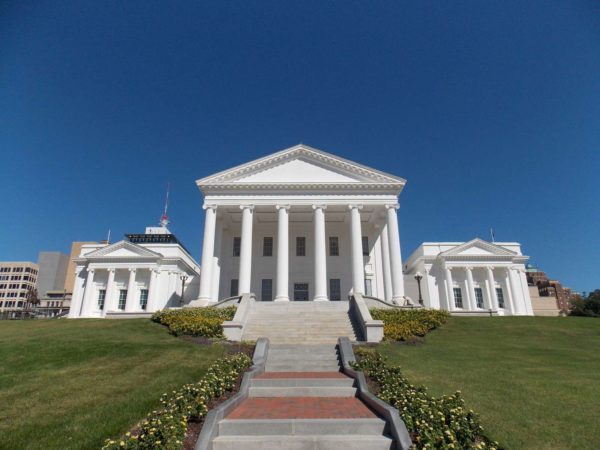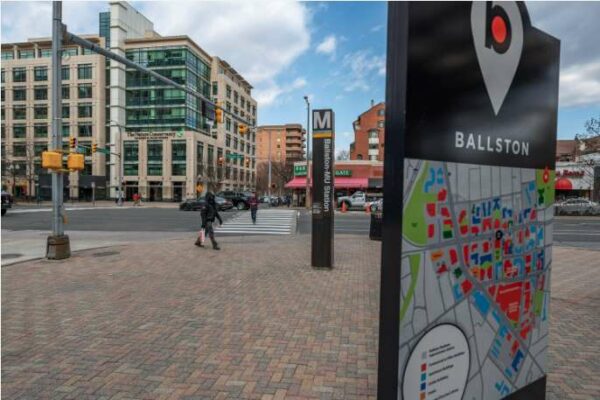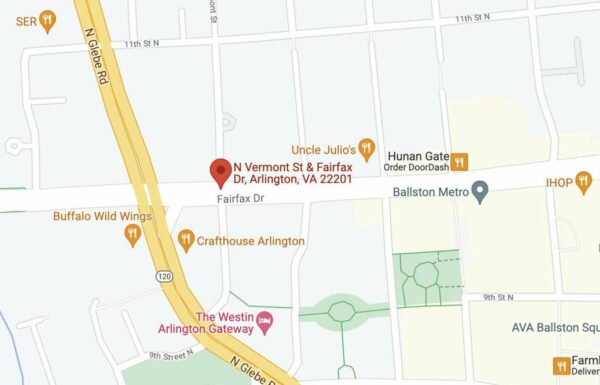(Updated, 4:10 p.m.) Today, Arlington residents are arriving at community centers, churches, libraries, schools, apartment complexes, and university lecture halls across the county to vote.
“Our voice matters,” one voter told ARLnow standing outside of her polling place at Drew Community Center. “It’s our duty. It’s important to have a voice for our kids, for our community, for our health.”
With the eyes of the nation on Virginia, ARLnow stopped by seven polling places, from Clarendon to Virginia Square to Green Valley. Lines at those polling places were either non-existent or very short.
One poll worker at Barrett Elementary near Ballston described it as a “steady stream” of voters so far.
The lack of lines perhaps has to do with high early voting turnout. Just over 41,000 votes were cast early, be it by in-person or mail-in voting, according to Arlington’s voting dashboard.
That’s approximately 26.5% of all registered voters in Arlington and more than three times the number of early voters in the last gubernatorial election in 2017.
Nonetheless, there are many locals who waited until today to cast their vote.
“Maybe I’m old, but I like that today is Election Day and that’s why I voted today,” a voter said in front of Clarendon United Methodist Church on N. Irving Street. “It feels patriotic.”
“I want to set a good example for our son,” said another voter outside the church, shifting her child from one arm to the other. “We want to make sure he understands that voting is the most basic form of contributing to where you live and your community.”
As of 9 a.m., election day turnout was about 7%, according to a tweet from Arlington County elections office. Another update is expected to come later this afternoon.
It's time for a 9am turnout update. Polling places are showing ~7% turnout. This does NOT include early and mail ballots. This is just election day turnout.
— Arlington Elections (@ArlingtonVotes) November 2, 2021
Adding that to the early voting totals, that means more than a third of registered voters in Arlington have already voted.
Eric Olsen, Arlington’s deputy director of elections, said turnout is likely higher than that since a number of absentee ballots haven’t been counted yet.
In terms of how that compares to the final voter turnout in 2017, which was 59% in Arlington — the highest in two decades for a non-presidential election — Olsen says it’s hard to say.
“Voting patterns have changed with more people early-voting and mailing-in, those are the voters who are more likely to vote anyway,” he says. “So, it’s really difficult to say [how it compares to 2017].”
He also notes that early morning was a bit slow, with polls opening at 6 a.m., but reports from pollings places suggest it has accelerated during the mid-morning.
There have been a few minor hiccups at several of Arlington’s 54 pollings places, says Olsen, but nothing that they haven’t dealt with on prior election days. A few poll workers didn’t show, a few machines went down, and workers couldn’t get inside one polling place until right up until 6 a.m., he said.
“All common stuff,” says Olsen. “It’s all been rectified and running pretty smoothly.”
The closely-watched Virginia gubernatorial race has drawn the national media to Arlington today. CNN was broadcasting live this morning from outside of Arlington Central Library in Virginia Square.
Voters head to the polls today to decide on races that could hold clues for 2022. In Virginia, Democrat Terry McAuliffe faces off against Republican Glenn Youngkin for governor. CNN's @SunlenSerfaty has more from Arlington, Virginia. pic.twitter.com/y5WYrZnKti
— CNN Newsroom (@CNNnewsroom) November 2, 2021


